Every Sunday, at a farmer’s market in London, i sell the things we grow on the farm. In the year and a half i have been doing the same market, i have met some really interesting people – customers as well as other stallholders/farmers and the managers of the company that runs the London Farmers Markets ( https://www.lfm.org.uk/ ). I have learnt much from the other stallholders, especially when they are the actual farmers selling their own produce, but especially from our customers, many who really “know their onions” as they say.
Today i talked with a lady who buys from me most weeks, who was a herbal practitioner, gained a few cooking tips/recipe ideas for cooking/marinating courgettes with miso paste (i get at least one recipe or recipe idea each week), chatted with another regular – about her memories of growing up in farming communities in South Africa, and also Zambia, and at the end of the day had a chat with a man – who is at the markets most weeks, and likes to know about the fruit and vegetables we sell, how we grow them and the different varieties we have on our farm. This week i happened to mention the farm’s social media site (we are in the middle of the cherry season, and their are lots of pictures of our cherry orchards and harvesting online right now, a bumper harvest this year, and really worth a look), and also of the blog of a former market manager, who is a freelance writer, with a passion for food and food sustainability issues (her dissertation for her masters degree was on the topic of Genetically modified crops in Africa, and she writes for various publications on many environmental issues, as well as agriculture). My friendly customer, who likes to chat about our fruit and veg, was interested to read the blog of my old market manager (she is a very young, and pretty market manger actually ), and told me about his own job briefly, where he works for an international agricultural research and development company, where he is involved with Chinese farming (he mentioned Chinese farmers, fed a population of 1.3 billion, when i asked about the Chinese farming industry: a sobering statistic).
The story of the food on our plate, is such an important story, with so many different people involved – from the seeds we use in our modern world to grow, to the actual farmers who then grow and sell, and the people who buy and cook and feed their families. Each week, there are many people fresh out of their yoga classes, clasping, yoga mats (and many others fresh out of the gym or playing field) with shopping bags full of fresh veg. Many families with newborn babies and buggies, buying pesticide-free produce for the table. And many who also are directly or indirectly connected to the agricultural industry.
I am back on the farm, to be ready for work Monday morning, and ‘my’ onions will need watering, and some TLC to be in top condition for the market next weekend. It’s late and i really should be heading to bed, so i can play my part in the vast supply chain that feeds our planet.
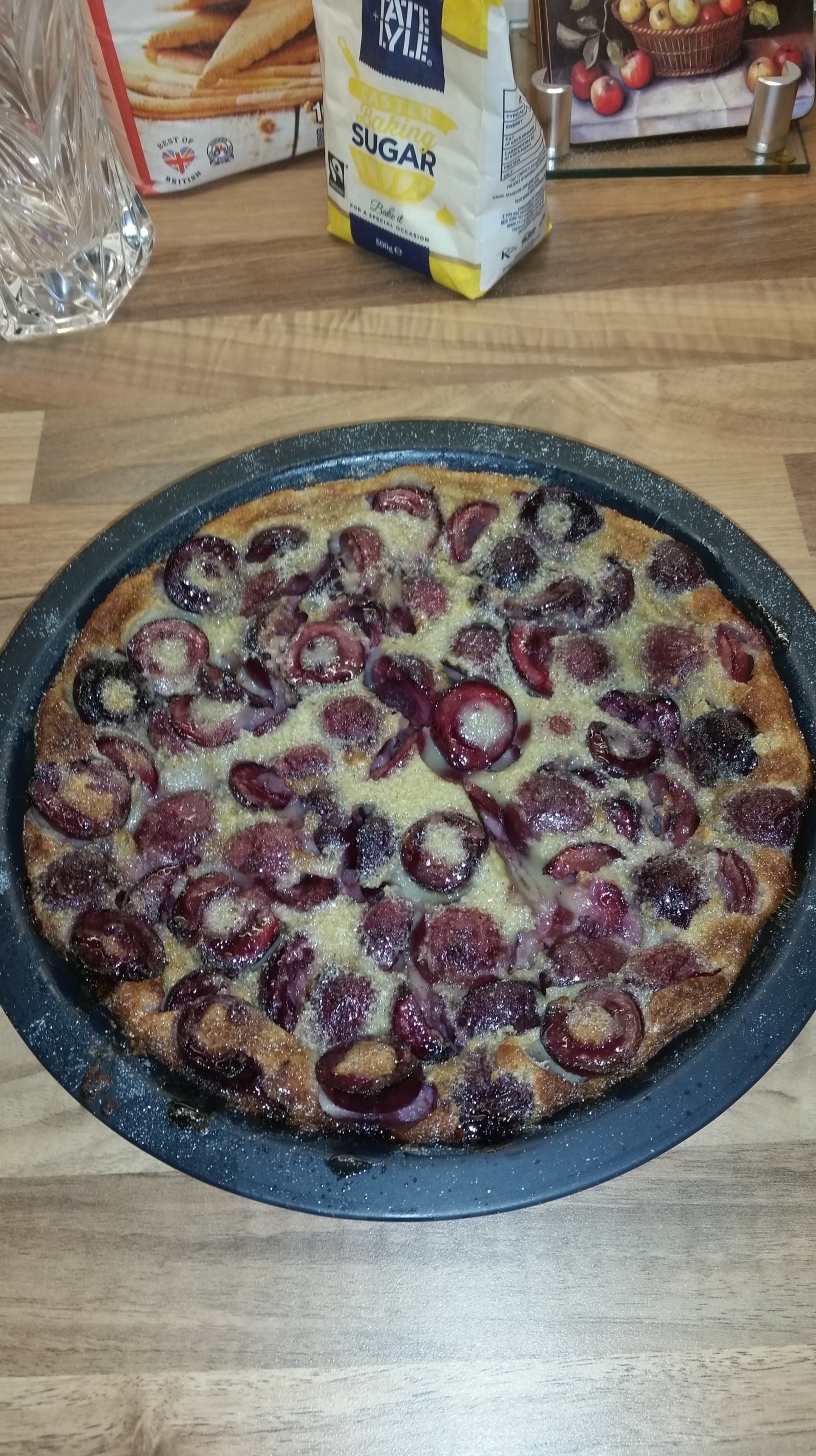
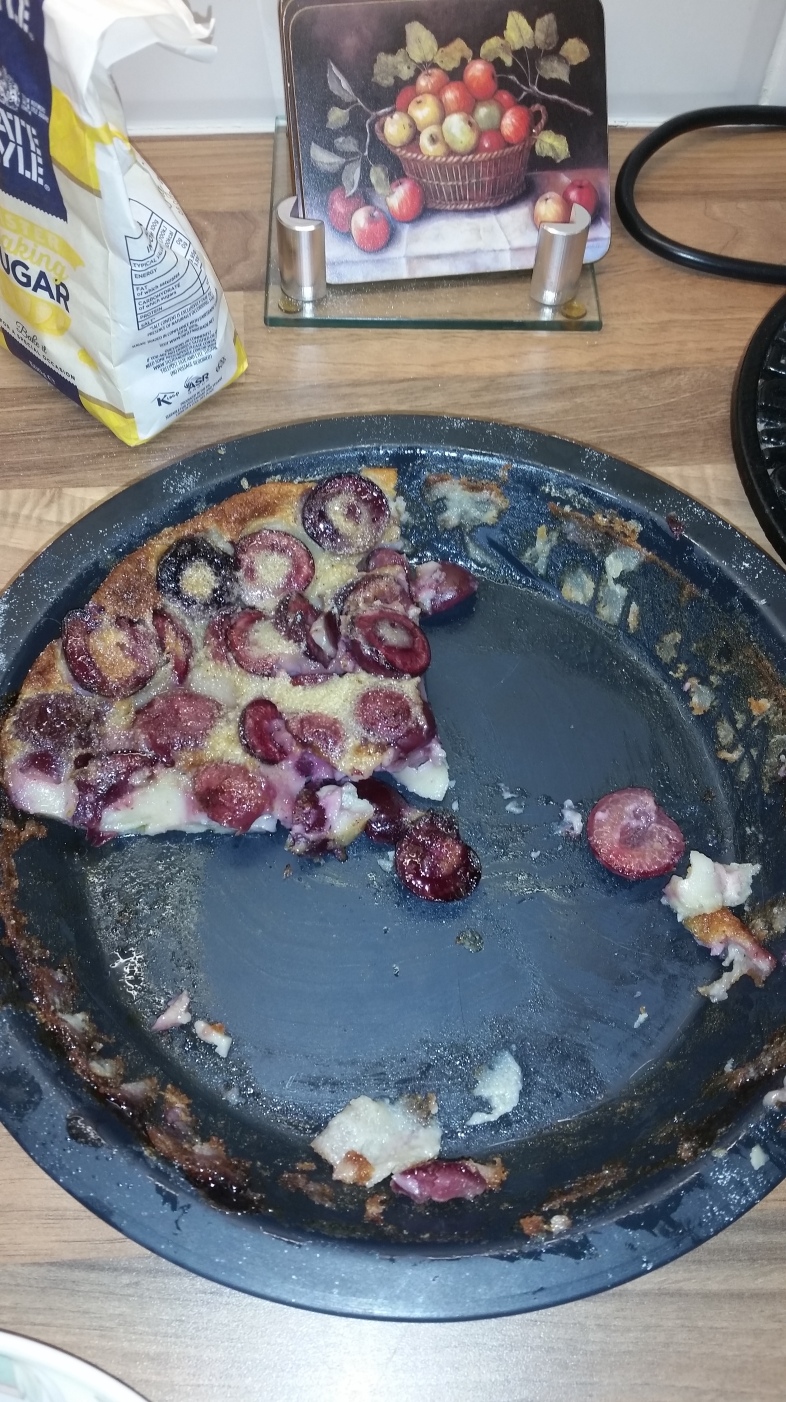
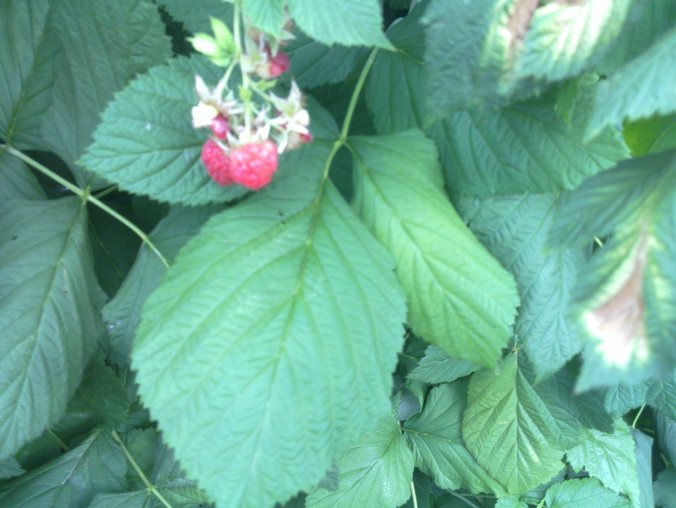
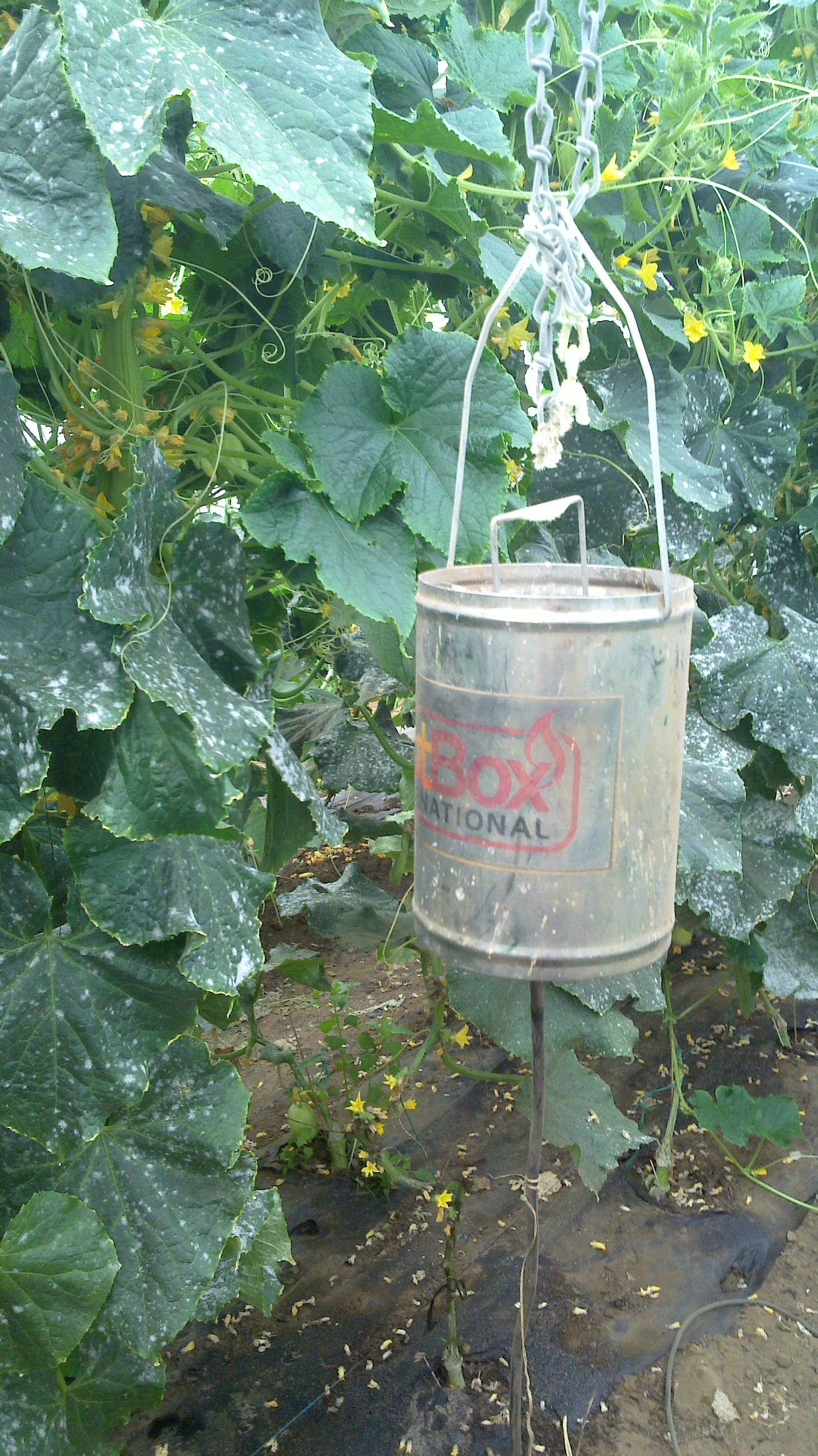
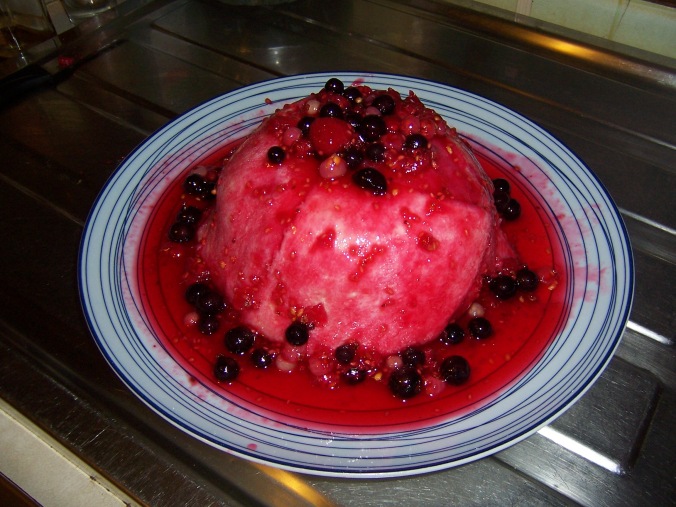
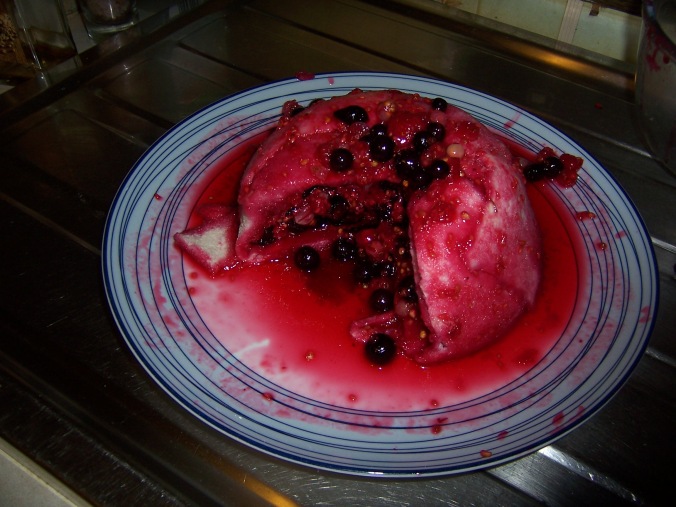
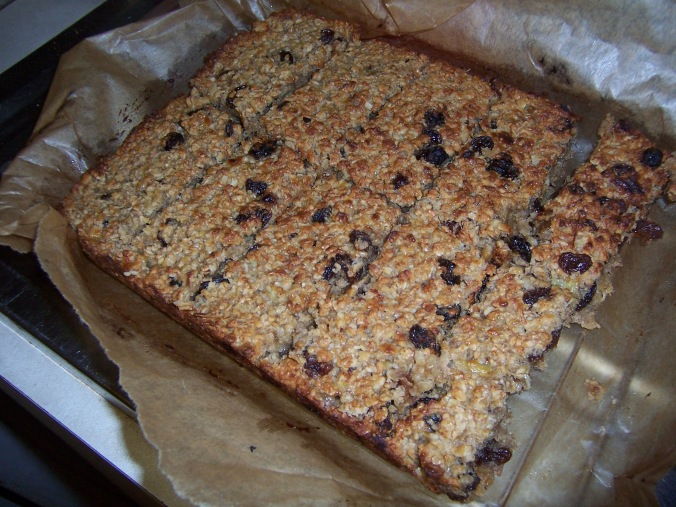 Today i worked on the farm, and made a tray of flapjacks after i had my evening meal.
Today i worked on the farm, and made a tray of flapjacks after i had my evening meal.